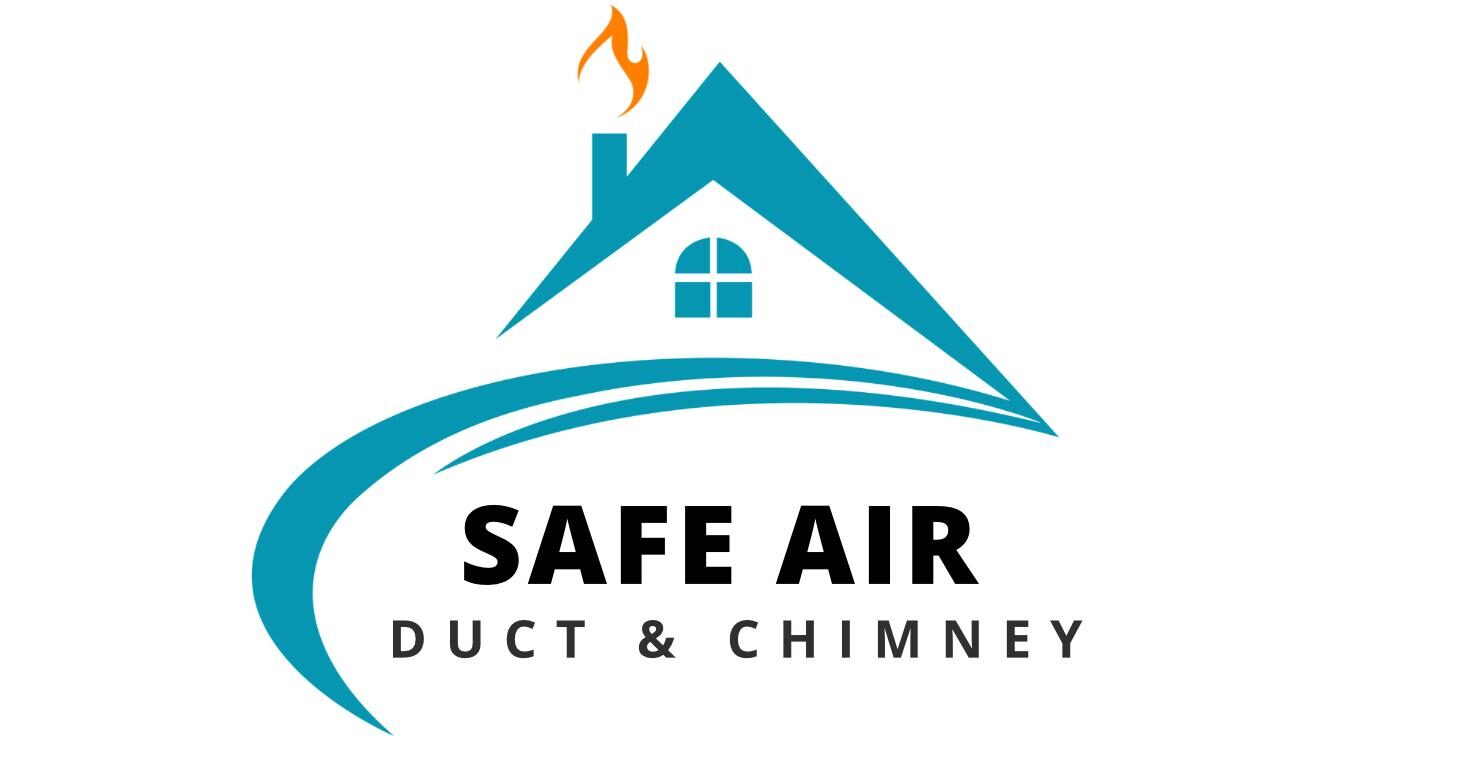Extend Chimney Lifespan: Expert Tips for a Long-Lasting Chimney
Why Chimney Maintenance Matters for Longevity
A properly maintained chimney can last for decades. However, without regular upkeep, moisture, creosote buildup, and structural damage can shorten its lifespan. Homeowners who take preventative measures can extend chimney lifespan, avoid costly repairs, and ensure their fireplace remains efficient and safe.

The Risks of Neglecting Your Chimney
Your chimney endures extreme temperatures, smoke, moisture, and outdoor elements year-round. Over time, these factors lead to:
- Cracked bricks and deteriorating mortar joints
- Water damage causing mold and structural decay
- Creosote accumulation, increasing fire risks
- Carbon monoxide leaks due to poor ventilation
Taking action now can prevent these issues. By following the chimney care tips outlined below, you can extend chimney lifespan while ensuring safety.
1. Schedule an Annual Chimney Inspection
Regular chimney inspections help detect small issues before they become serious problems. According to the Chimney Safety Institute of America (CSIA), homeowners should schedule inspections at least once a year to keep their chimney in top shape.
What Inspectors Check For
- Creosote buildup inside the flue
- Cracks or damage in the chimney liner
- Missing or damaged chimney caps
- Signs of water leaks around the structure
If your chimney has not been inspected recently, now is the time to book a professional evaluation.
2. Clean Your Chimney Regularly
A dirty chimney poses fire and ventilation hazards. Over time, creosote, soot, and debris accumulate inside the chimney, restricting airflow and increasing fire risks.
Signs Your Chimney Needs Cleaning
- Black soot buildup inside the fireplace
- Excessive smoke when using the chimney
- Strong, unpleasant odors from the flue
The National Fire Protection Association (NFPA) recommends annual chimney cleanings for households that use their fireplace frequently. Hiring a professional chimney cleaning service ensures safe and thorough creosote removal.
3. Repair Chimney Cracks and Masonry Damage
Damaged bricks and mortar weaken the chimney’s structural integrity. Without timely repairs, water can seep into cracks, leading to freezing, expansion, and further deterioration.
Common Chimney Repairs
- Tuckpointing – Replacing crumbling mortar joints
- Brick Replacement – Fixing cracked or loose bricks
- Crown Repair – Sealing the chimney crown to prevent moisture entry
If you notice missing mortar, cracked bricks, or water stains, consider masonry chimney repair before the damage worsens.
4. Install a Chimney Cap for Protection
A chimney cap is one of the simplest ways to extend chimney lifespan. It prevents moisture damage, debris buildup, and animal nesting inside the flue.
Why a Chimney Cap Matters
✔ Blocks rain and snow, preventing moisture damage
✔ Keeps birds, squirrels, and rodents from entering
✔ Reduces downdrafts and backdrafts
Without a chimney cap, your flue is vulnerable to weather damage and obstructions. Installing a cap adds years to your chimney’s life.
5. Waterproof Your Chimney to Prevent Leaks
Water damage is a major threat to chimneys, especially in areas with frequent rain or freezing temperatures. Waterproofing the chimney exterior helps prevent brick deterioration, mold growth, and leaks.
How to Identify Water Damage
- White stains (efflorescence) on chimney bricks
- Leaks or damp spots inside your home near the chimney
- Cracks forming along mortar joints
Applying a high-quality waterproof sealant ensures long-term moisture protection without trapping condensation.
6. Inspect and Repair Chimney Flashing
Chimney flashing creates a watertight seal where the chimney meets the roof. If it deteriorates, water can seep into the attic and cause structural damage.
Signs of Flashing Issues
- Water stains on walls near the chimney
- Mold or mildew in the attic
- Rusted or peeling flashing
If you suspect flashing damage, schedule a professional inspection to replace or seal the flashing before leaks worsen.
7. Burn the Right Type of Firewood
The wood you burn directly affects chimney efficiency and longevity. Using dry, seasoned hardwood produces less smoke and creosote buildup, reducing maintenance needs.
What to Avoid Burning
🚫 Wet or green wood (leads to excessive creosote accumulation)
🚫 Paper, trash, or treated wood (emits harmful chemicals)
Choosing high-quality firewood keeps your chimney cleaner and safer throughout the season.
Taking care of your chimney is essential for fire safety, efficiency, and long-term durability. By following these proactive chimney maintenance tips, you can extend chimney lifespan and avoid costly repairs.
For expert maintenance, schedule a chimney inspection with SafeAir Duct & Chimney today.


